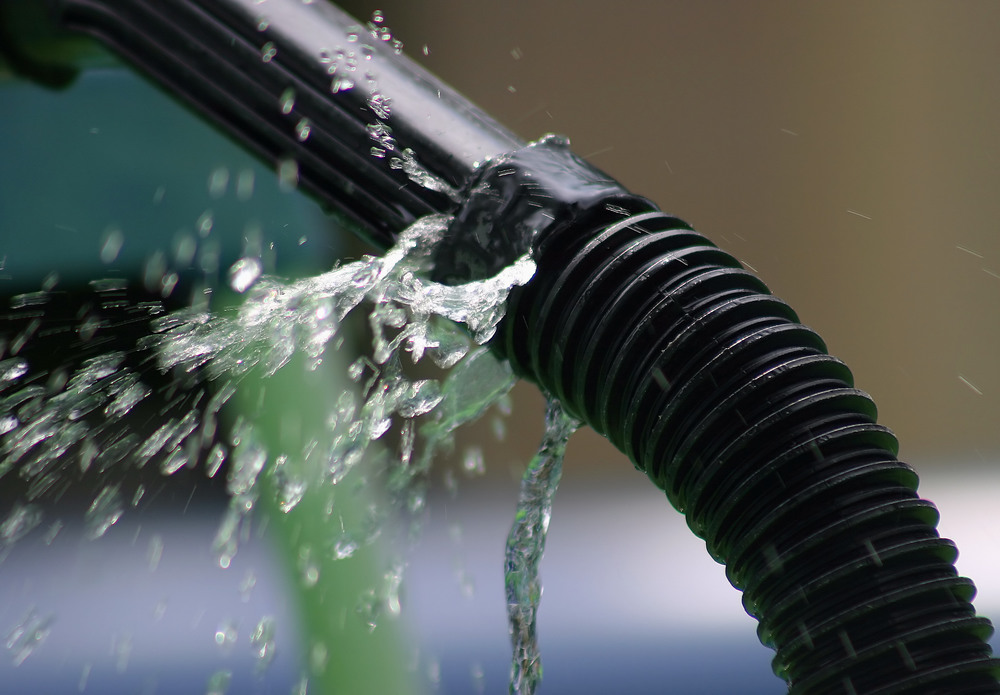Top Leak Detection Methods To Protect Your Property

When it comes to protecting your property, nothing is more crucial than timely leak detection. Imagine waking up to a flooded basement or discovering mold creeping up your walls—yikes! Not only are leaks annoying, but they can also lead to significant structural damage and costly repairs. So, how do you keep your property safe? Let’s dive into the top leak detection methods to help you safeguard your investment.
Why Leak Detection Matters
Before we jump into the nitty-gritty, let’s establish why leak detection should be on your radar. According to the Environmental Protection Agency (EPA), leaks can waste over 1 trillion gallons of water annually in U.S. homes alone! That’s enough to fill over 1 million swimming pools! Beyond the water wastage, leaks can lead to:
- Mold growth
- Structural damage
- Increased utility bills
- Decreased property value
So, let’s get you equipped with the knowledge to tackle leaks head-on!
Non-Invasive Leak Detection Methods for Plumbing
No one wants to turn their home into a construction zone. Thankfully, non-invasive leak detection methods for plumbing allow you to identify issues without tearing down walls or digging up floors. Here are some popular techniques:
1. Acoustic Leak Detection
This method uses sensitive microphones to detect the sound of water escaping from pipes. It’s effective for locating leaks in both residential and commercial settings.
- Pros: Non-invasive, quick results.
- Cons: Requires trained professionals.
2. Infrared Thermography
Using infrared cameras, this method detects temperature differences in walls, floors, and ceilings. If there’s a leak, the wet area will often show up as a cooler spot.
- Pros: Highly accurate, can cover large areas quickly.
- Cons: Initial equipment cost can be high.
3. Moisture Meters
These nifty gadgets measure moisture levels in materials, helping you identify potential leaks behind walls or floors.
- Pros: Affordable and easy to use.
- Cons: Limited to areas where the meter can be applied.
Advanced Leak Detection Techniques for Commercial Buildings
Commercial properties face unique challenges when it comes to leaks. The larger scale means they often require advanced leak detection techniques for commercial buildings. Here’s what you need to know:
1. Ground Penetrating Radar (GPR)
GPR is a cutting-edge technology that uses radar pulses to image the subsurface. It’s particularly useful for detecting leaks in underground water pipes.
- Pros: Non-destructive, can locate pipes and other utilities.
- Cons: Requires specialized training to interpret results.
2. Pressure Testing
This method involves pressurizing a system to identify leaks. If there’s a drop in pressure, you’ve got a leak somewhere.
- Pros: Effective for pinpointing leaks in larger systems.
- Cons: Time-consuming and may require system shutdown.
3. Smart Leak Detection Systems

With technology on the rise, smart systems can monitor water usage in real-time and alert you to potential leaks.
- Pros: Continuous monitoring and immediate alerts.
- Cons: Initial investment can be high.
Leak Detection Methods for Underground Water Pipes
Underground leaks can be particularly challenging to identify. Here are some effective leak detection methods for underground water pipes:
1. Tracer Gas Detection
This technique involves injecting a harmless gas into the pipe system. If there’s a leak, the gas will escape and can be detected at the surface.
- Pros: Highly accurate and efficient.
- Cons: Requires specialized equipment and expertise.
2. Thermal Imaging
Similar to infrared thermography, thermal imaging can be used to detect temperature changes in the ground above the buried pipes.
- Pros: Non-invasive and can cover large areas.
- Cons: Effective only in certain conditions.
3. Electromagnetic Devices
These devices can detect the electromagnetic fields generated by leaks in underground pipes.
- Pros: Can be used in various soil types.
- Cons: Less effective in low-conductivity soils.
How to Choose the Right Leak Detection Methods for Home
With so many options, how do you choose the best leak detection methods for your home? Here’s a quick guide:
- Assess Your Needs: Determine the size of your property and the potential leak sources.
- Consider Your Budget: Some methods, like acoustic detection, may require professional services.
- Evaluate the Environment: If you have underground pipes, opt for methods like tracer gas detection or GPR.
- Seek Professional Advice: Consulting with a plumbing expert can help you make the right decision.
Benefits of Ultrasonic Leak Detection Methods
One method that stands out is ultrasonic leak detection. Here’s why it’s gaining popularity:
- High Sensitivity: Ultrasonic devices can detect even the smallest leaks.
- Non-Invasive: No need to disrupt your property.
- Real-Time Monitoring: Many systems can provide immediate feedback, helping you address issues before they escalate.
Conclusion
In a world where leaks can wreak havoc on your property, understanding the best leak detection methods is essential. Whether you opt for non-invasive techniques, advanced commercial solutions, or specialized methods for underground pipes, being proactive is the name of the game.
Remember, timely leak detection not only saves you money but also protects your home and peace of mind. So, don’t wait for a disaster—consider investing in the right leak detection strategy today!
And there you have it! A comprehensive guide to leak detection methods that’s both informative and engaging. Keep your property safe, and share this article with anyone who might need a little leak detection wisdom!
